The scenes of butchery and barbarism in the liberated Ukrainian towns of Bucha and Irpin and nearby villages – civilians tied up, tortured, mutilated and shot; women raped, burned to death in their cars, and buried in a mass grave – have been compared to the worst slaughters of World War Two. The West struggles to comprehend how such savagery can occur in 21st century Europe. We should certainly be shocked but not surprised. The red thread running through Russia’s unique history, from Tsarist times until today, is a recurring motif of mass murder and massacres that have no parallel in other modern European states, with the exception of the dozen years when the Nazis ruled Germany.
For there have always been two Russias: the cultured country of Tolstoy, Tchaikovsky and Chekhov, western in aspiration and awesome in its technological achievements, such as building St Petersburg in a swamp and putting the first man and woman in space. Then there is the other Russia, the black earth country of grinding poverty and suffering. Where serfdom was only abolished in the 19th century, and which spent the 20th shivering in terror of a totalitarian regime that killed millions.
That other backward Russia, the Russia of Lenin, Stalin and Beria, of the Gulag, the Lubyanka and Katyn, of brutish sadistic violence, cruelty and death, is the one Vladimir Putin is seeking to reimpose on Ukraine today. Confident in his possession of nuclear weapons and his contempt for a decadent and divided Europe dependent on his oil and gas, the murderer in the Kremlin, who learned his life skills in the KGB, has unleashed death on his brother Slavs.
The roots of the violence that Russia’s rulers periodically visit on their neighbours and their own people lie deep, reaching right back to the foundation of the modern Russian state in the 16th century under the aptly named Ivan the Terrible. Ivan, originally ruler of the central domain of Muscovy, was the first Tsar of all the Russias. A mentally unstable psychopath, he terrorised his people with the Oprichina, the first of Russia’s many secret police forces, massacred the entire population of the rebellious city of Novgorod, and bludgeoned his own son and heir to death with his Imperial sceptre.
A century later, Tsar Peter the Great curiously combined the two aspects of Russia in his own conflicted character. On the one hand an enthusiastic moderniser who learned western ways and copied its technology during an 18 month tour of Europe; and on the other a ferocious medieval monster who tortured the Boyar nobility who resisted his modernist methods by tearing out their tongues, ripping out their beards, roasting them over slow fires, and pulling out chunks of their flesh with red hot pincers. He had his own son and heir Alexei flogged to death with a knout.
It was Peter who transformed Russia. He moved the capital from an inward looking Moscow to St Petersburg, the city he built on the Baltic symbolically facing west. In the process Russia was superficially changed into a powerful maritime and land empire challenging all comers to become a European superpower.
But Peter failed to follow Europe’s slow evolution from autocracy to democracy. He and his heirs ruled their vast realm as all powerful potentates, and the modernising reforms went only skin deep – a shallow facade like the Potemkin villages shown to Catherine the Great by her chief minister. Even after Tsar Alexander II ‘liberated’ millions of serfs, Tsarist Russia remained mired in the past, punctuated by pogroms, repressing reforms with its secret police the Okhrana, and sending revolutionaries to Siberian exile.
The whole rotten edifice collapsed in 1917 under the strain of fighting World War One. In scenes echoing those we have witnessed in recent weeks, Russia’s armies deserted. The country descended into chaos, and power was seized by a small group of ruthless and determined revolutionaries: the Bolshevik communists. A civil war followed between the Reds and Whites characterised by massacres and tortures committed by both sides in which seven million civilians and two million combatants perished before the Reds established control.
Seven decades of communist dictatorship followed. Millions more innocents were murdered by their own rulers or languished for years in the frozen wilderness of the Gulag. Soviet industrialisation was built on the backs of slave labour by its cowed and terrified people. A system of socialism supposed to produce ‘radiant tomorrows’ for liberated humanity constructed the exact opposite: a vast prison camp.
Stalin copied the playbook of Tsars Ivan and Peter by expanding Russia’s empire. World War Two left him in control of Eastern Europe and able to impose brutal rule by puppet dictators for another half century. The multiple rapes we have seen in Ukraine was standard policy for the Red Army when they occupied Berlin and Budapest at the end of the war; millions of women suffered as a result. Stalin even aped Ivan and Peter in allowing his own eldest son Jakov to die in a Nazi concentration camp when he could have saved him.
No country is entirely guilt free in wartime: France in Algeria, Britain in Kenya and Northern Ireland, the United States in Vietnam and Iraq can be cited in the column to balance Russia’s war crimes. But the difference is that those crimes were exposed and had consequences. Russia’s barbarities are of a wholly different order. That’s why they should not surprise us: this is what Russian armies do.
Got something to add? Join the discussion and comment below.
Get 10 issues for just $10
Subscribe to The Spectator Australia today for the next 10 magazine issues, plus full online access, for just $10.

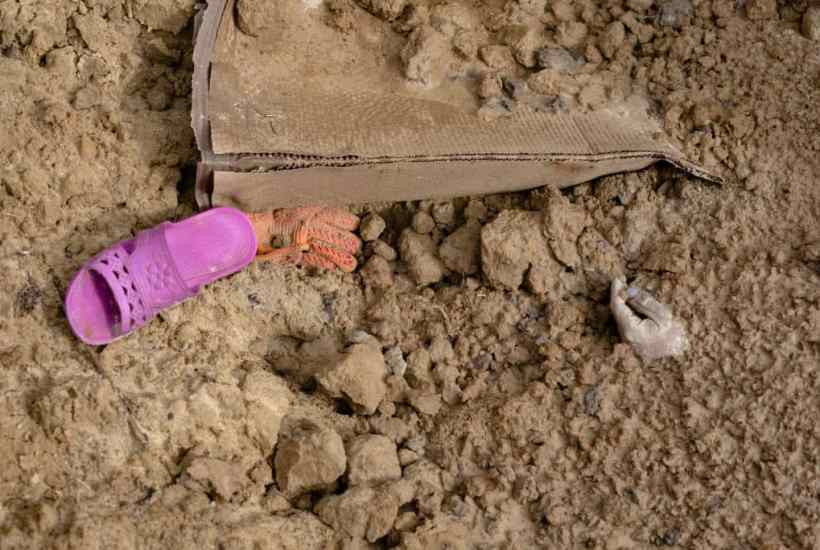
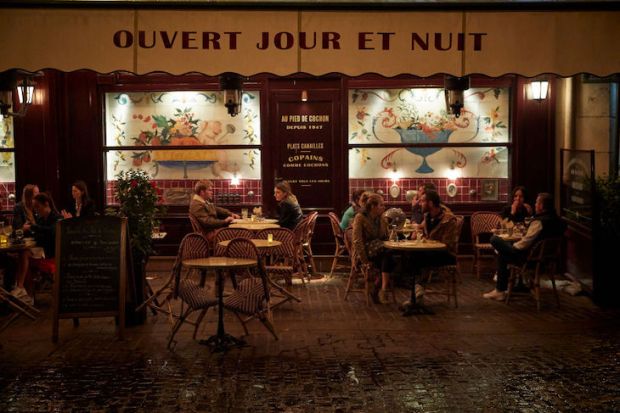
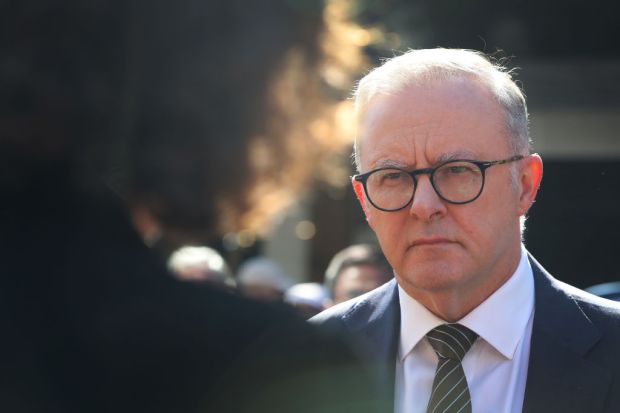

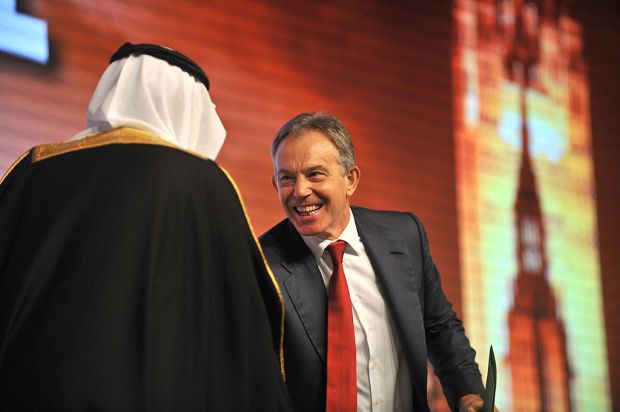
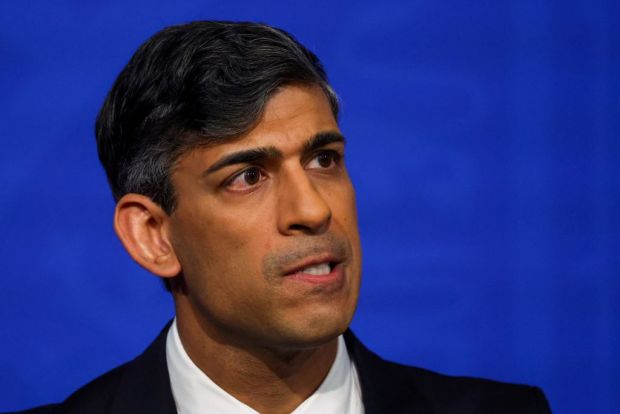












Comments
Don't miss out
Join the conversation with other Spectator Australia readers. Subscribe to leave a comment.
SUBSCRIBEAlready a subscriber? Log in